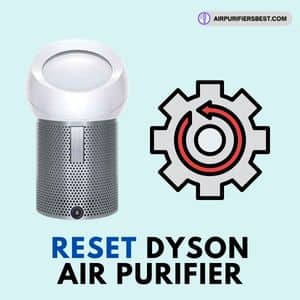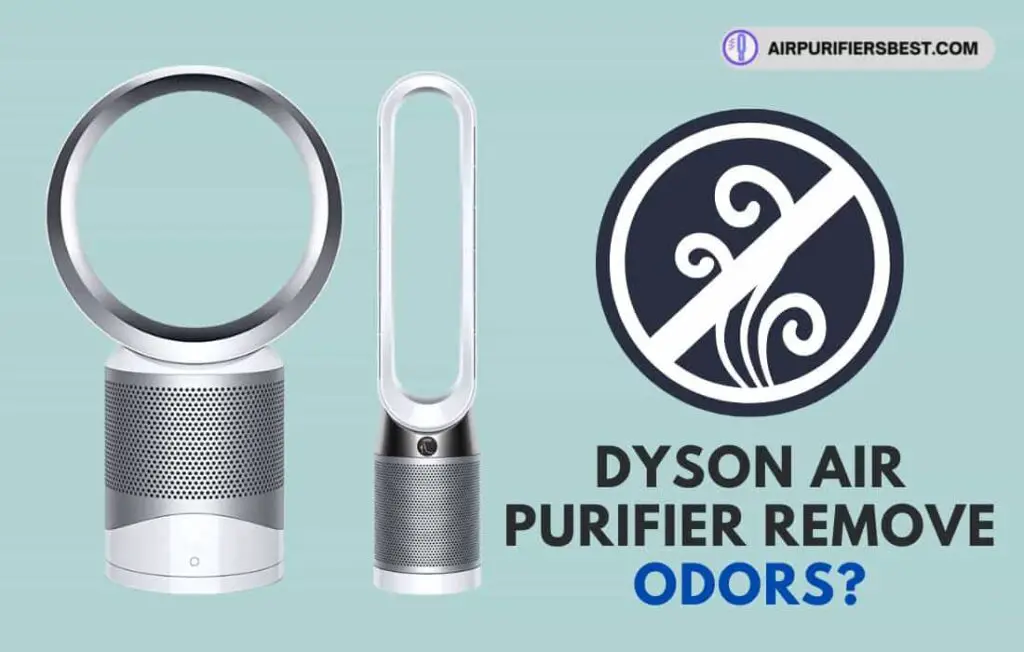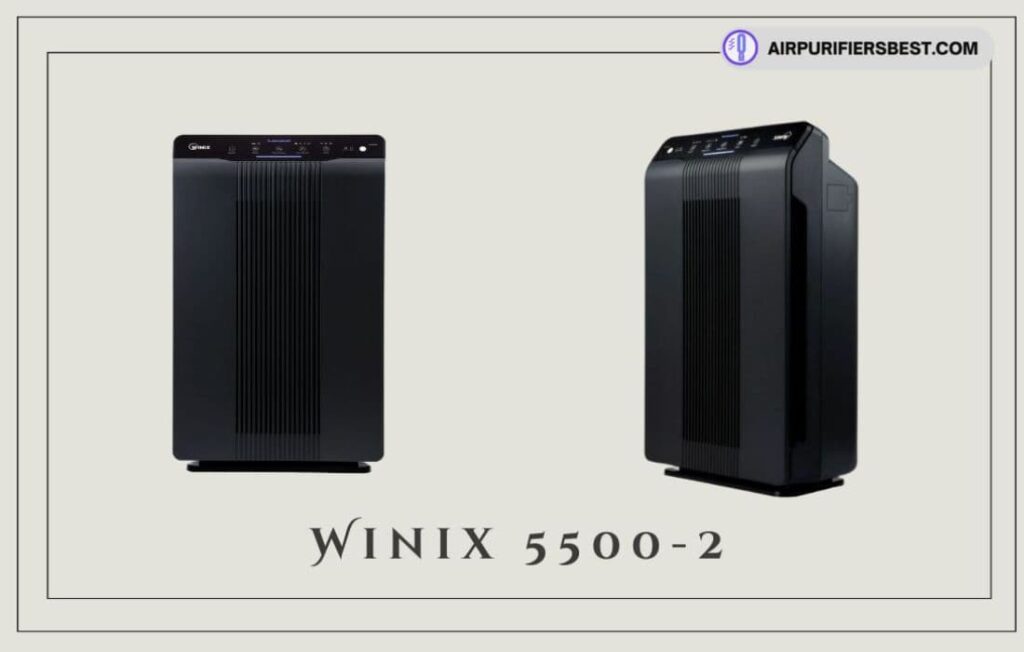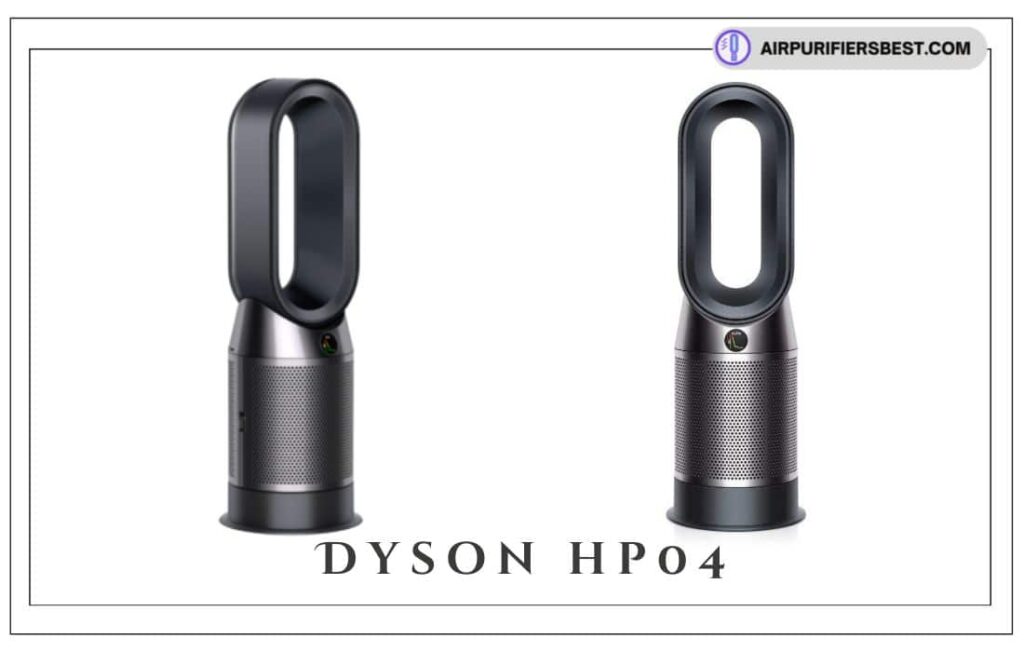Dyson: In 1991 Dyson has established in the UK.its a British company by James Dyson. Electric appliances such as air purifiers and vacuum cleaners that manufactures by Dyson. More than 12000 employees work at Dyson company worldwide.
DOES DYSON AIR PURIFIER REMOVE ODORS?
Yes, it does remove odor. It can improve your home’s air quality or get rid of many pollutants. It will also help to keep your home clean and fresh or eliminate unwanted smells. Some chemical effects on our body organs like the throat, lungs, and nose. Many unpleasant odors like the smoking smell, dog litter, and cooking smells can be goodbye by using of Dyson air purifier. You can remove all bad smells when you set it to auto mode.
99.7% of particles can be removed by HEPA filters or truly activated carbon filters, which are used in Dyson air purifiers, or odors can be eliminated in a more effective way in a Dyson air purifier. By using this purifier, your house will be more clean and fresh.
Air purifier trap odors:
Masking the odor with an air freshener won’t solve the unpleasant smell in your home. You need to identify where the odor is coming from. So take time to inspect your house and check for possible water leaks that are causing mold and mildew.
A combination of indoor and outdoor pollutants such as pet danders, insect droppings, and pollens can cause bad odors. Dust your room, upholstery, and other surfaces every day. You can use a damp cloth to avoid stirring up the particles. For an idea, pick one of your hair out and see your hair. Normally human hair is sized anywhere between 70-100 microns. Dyson air purifier is designed to filter 99.9 percent of particles as small as 0.01 microns. Most of the Dyson air purifiers come with two HEPA filters and an activated charcoal filter, which not only captures odor effectively but will give you fresh and lovely air to breathe.
Types of Activated Carbon Filter:
Zeolite:
Zeolites are part of a family of minerals typically used as adsorbents or catalysts. Zeolites are alumina-silicate crystals that are very porous (they contain many small holes). A large number of pores in zeolites means they are sometimes used to improve an air purifier’s ability to adsorb gases such as VOCs, although this is not common.
Activated carbon filters are more common in air purifiers, as the large pore size of carbon filters means they are able to capture a wide range of VOCs. Zeolites, on the other hand, can be used in applications where more selective filtration is required.
Activated Alumina:
Activated alumina can be used as a point-of-entry or point-of-use water treatment device. Activated alumina absorbs contaminants instead of filtering them. The effectiveness of activated alumina depends on the contaminant, characteristics of the alumina, the device design, and water quality. Activated alumina can be an effective treatment method for source water with a high total dissolved solids level or sulfate concentration. However, a serious drawback to using activated alumina is that regenerating it requires the use of strong acid and base solutions that are undesirable for home storage and handling.
PAC (Powdered Activated Carbon):
Powder Activated Carbon (PAC) or pulverized activated carbon consists of small activated carbon particles, with a size that is predominantly less than 0.075mm, produced by milling or pulverizing activated carbon. Different definitions exist for powder-activated carbon. Using powder-activated carbon always results in spent or used carbon that cannot be recycled, thus creating chemical waste. Today, many users are abandoning the traditional use of powdered activated carbon as a disposable chemical. They are following the modern tendency towards recycling and waste minimization, thereby reducing the use of the world’s resources.
- Powdered activated carbon is defined as having a mean particle diameter (MPD) less than 0.045mm (325US Mesh);
- Fine mesh is defined as having a particle size predominantly between 0.045 and 0.180mm (80 and 325US Mesh).
CTO (Carbon Block):
CTO-extruded carbon block filter cartridges are made with coconut shell-based carbon, which creates what many believe to be sweeter tasting water. The unique structure of these carbon block filters is well suited for chemical adsorption, including VOCs, while reducing chlorine and chemicals that contribute to taste and odor. Polypropylene non-woven pre-filtration media will operate effectively in most installations of the carbon block filters without pre-filtration. Ideal for Residential service where improving the taste of the water is the Primary objective, where the carbon block filters will offer the most benefits.
GAC (Granular Activated Carbon):
A filter with granular activated carbon (GAC) is a proven option to remove certain chemicals, particularly organic chemicals, from water. GAC filters also can be used to remove chemicals that give objectionable odors or tastes to water, such as hydrogen sulfide (rotten eggs odor) or chlorine.
However, other chemicals, like iron and nitrate, are not attracted to the carbon and are not removed, and another type of filter, such as reverse osmosis (RO) or green sand, may be needed. RO filters will also remove certain organic chemicals. This information only addresses GAC filters.
Improving Dyson Air Purifier Indoor Air Cleaning Efficiency:
Many common indoor air pollutants can be attributed to outdoor sources. These include allergens like pollen and mold spores that can travel through the air. The best way to eliminate them is by not letting them in, to begin with. Outdoor pollutants can also be carried indoors on clothing and shoes. Create a space in your entryways to clean or remove footwear and store outer layers before proceeding into your home. This can be accomplished by adding a doormat, coat hangers, and accessory storage close to the doorway. Fresh air can help remove existing pollutants and circulate uncontaminated air throughout your home.
Improving ventilation in bathrooms and the kitchen using an exhaust fan can also be helpful. Inhalable particles are particulate matter that is far more likely to penetrate deep into the lungs due to their size and potentially the bloodstream leading to unwanted health effects. Recent research has indicated that gas stoves may be introducing indoor air pollution into homes at volumes 100 times greater than levels outdoors. Offices, however, feature their own subset of causes that can be unique to that specific environment. Common office tools like copiers and printers have been known to increase the likelihood of short-term health effects including skin and respiratory irritation.
Frequent use :
Good air quality is important for health reasons. Air purifiers with HEPA filters trap pollutants and harmful airborne toxins and reduce health risks associated with poor air quality and poor ventilation.
Dyson sells several air purifiers, all of which effectively trap 99.95% of airborne particles, including SARS-CoV-2 and wildfire smoke particles. Air pollution appears to cause or contribute to a variety of health conditions. The effects of air pollution on a person’s health can range from mild breathing difficulties to severe cardiovascular issues, including heart disease and stroke. Harmful gases and particles in the air come from a range of sources, including exhaust fumes from vehicles, smoke from burning coal or gas, and tobacco smoke. There are ways to limit the effects of air pollution on health, such as avoiding areas with heavy traffic. However, significant change relies on improvements to air quality on a global scale.

Dyson Filters Need Replacement:
One of the most common problems with a DYSON air purifier is that it won’t turn off automatically after changing the filter. If this happens to you, it is possible to manually reset the timer by following these simple instructions.
1-Changing the filter in a Dyson air purifier is a simple process. First, you should remove the existing filter. To do this, simply push the button on the fan. Once this is done, you should see the message on the screen.
2-.Then, turn on your fan. You should see a red light, which means you need to replace the filter. You can also use the Dyson Link app to stay informed about the current filter status. Then, you can safely remove the filter and turn on the fan again.
3-To restart the Dyson fan after changing the filter, follow the instructions on the app. The Dyson Link app will keep you updated on all the paired devices. You’ll need to connect the Dyson fan to your mobile device.
4-The next step is to change the filter. You can do this by removing the old filter and placing a new one. You’ll need to reconnect the Dyson fan after the new one is installed. Then, you can continue using the fan.
5-When you change the filter, the Dyson fan will flash red. The red light indicates that the filter is clogged. Resetting the Dyson fan after a new one has the same effect. By following these instructions, you can reset the Dyson to its default settings. Then, you’ll be able to use it again. You can also try to clean the filters of your Dyson air purifier.
6-The Dyson Link app lets you know when you need to change the filter. You’ll be able to see the latest readings on all paired devices
7-When the Dyson fan detects that the filter needs to be replaced, it will flash red again. To reset the fan after the filter change, you need to replace it. If the Dyson Link app is not installed on your phone, you should install the latest version of the app. The app will let you know when the filter needs to be replaced.
8-The Dyson Link app will help you to reset the fan after changing the filter. If the Dyson Link app doesn’t tell you anything, you should contact the manufacturer of the unit. You can then replace the filter after you’ve cleaned the fan.


Reset Dyson air purifier:
1-The first step in the process is to turn off the air purifier. It will be unable to start or function if it is not connected to the WiFi network. After the device has been turned off, it will blink orange and begin to purify the air. The next step is to turn it back on
2-Resetting a Dyson air purifier can be tricky. You’ll need to press the power button on the device for ten seconds and wait for it to count down from 10. If you still don’t see the LED screen, you’ll need to reset the air purifier again.
3-The next step is to turn off the power supply. Make sure the power cord is firmly connected. If it’s plugged in, the purifier should work. If not, try unplugging it and plugging it into another outlet to reset it.
4-To reset a Dyson air purifier; you need to press the power button for ten seconds. The LED screen will then count down from ten and then flash white and green. Then, press the ‘Standby ON/OFF button again
5-To reset the Dyson air purifier, press the power button for 10 seconds. Then, wait until the LED screen counts down from 10. Once the power button is reset, the device should display the correct reading. If it doesn’t, you’ll need to clean the filter.
6-When the Dyson air purifier won’t recognize the water tank; you can use the power button to reboot it. The power button will count down from 10 seconds until it has reached the settings you’ve set
FAQS:
How well can Dyson air purifiers remove the odor?
With the help of 4 stage filtration system, Dyson air purifiers are more than capable of removing any odor and smell from your house. Most of the Dyson air purifiers come with two HEPA filters and an activated charcoal filter, which not only captures odor effectively but will give you fresh and lovely air to breathe.
Does the Dyson air purifier remove the odor?
Yes, the Dyson air purifier does remove odor as it comes with a high-quality Activated charcoal filter, which is more than capable of removing any odor, smell, and unpleasant scent around your house.
Why Are Dyson Air Purifiers So Expensive?
A Dyson air purifier is priced between mid-range and premium. This portable unit is designed for convenience, and based on other fans from the company, it’s stylish. It’s affordable for anyone. Its latest models work efficiently. You quickly buy the Dyson brand’s air purifiers.
What Does A Dyson Air Purifier Remove?
Dyson’s 360° sealed filtration is efficient at removing gases and particulates. This filter system is fully sealed and combines an activated carbon filter for gases and a Glass HEPA filter for allergens and pollutants smaller than 0.3 microns.
Final thoughts:
A combination of indoor and outdoor pollutants such as pet danders, insect droppings, and pollens can cause bad odors. Dust your room, upholstery, and other surfaces every day. You can use a damp cloth to avoid stirring up the particles. For an idea, pick one of your hair out and see your hair. Normally human hair is sized anywhere between 70-100 microns. Dyson air purifier is designed to filter 99.9 percent of particles as small as 0.01 microns. . Most of the Dyson air purifiers come with two HEPA filters and an activated charcoal filter, which not only captures odor effectively but will give you fresh and lovely air to breathe. A Dyson air purifier is priced between mid-range and premium. This portable unit is designed for convenience, and based on other fans from the company, it’s stylish. It’s affordable for anyone. Its latest models work efficiently. You quickly buy the Dyson brand’s air purifiers.




